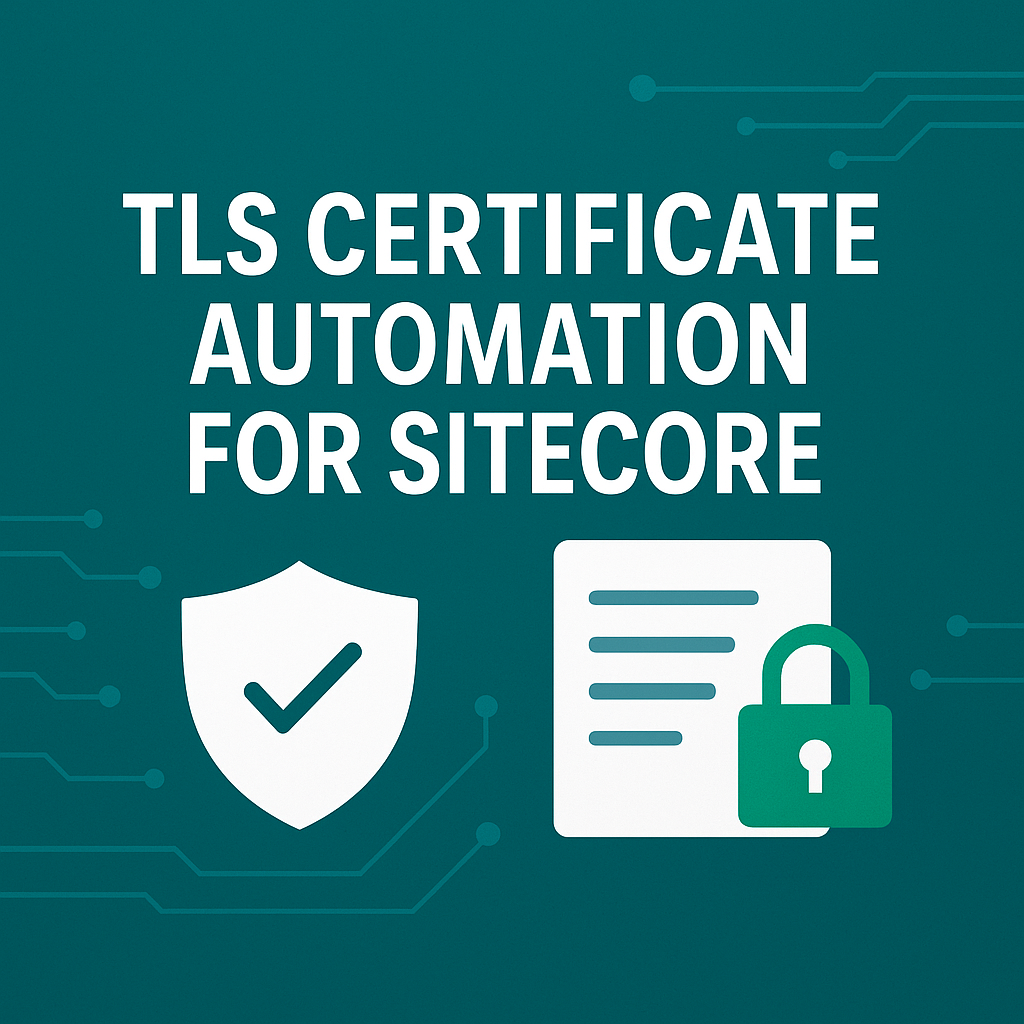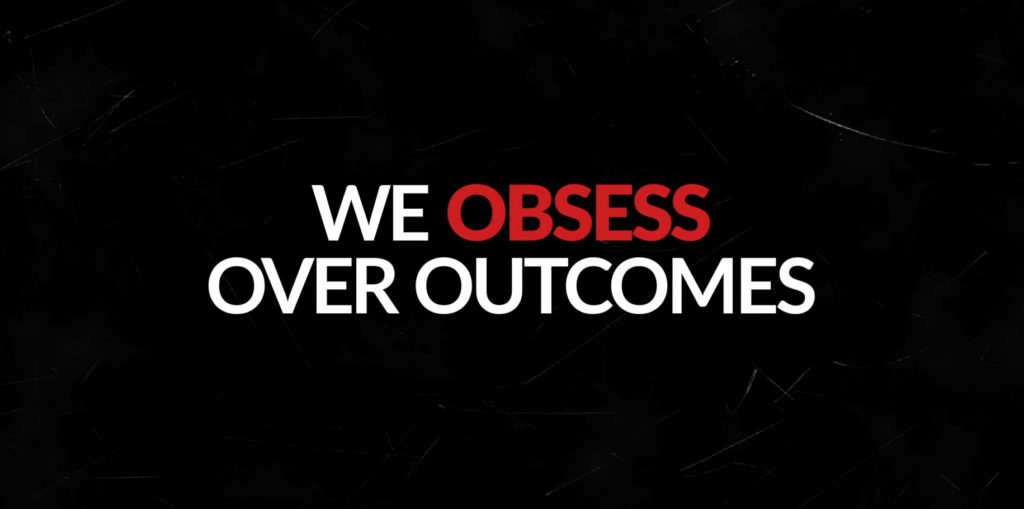A decade ago, the business case for acting in disability markets was unknown and unproven. That changed in 2020 when the COVID-19 pandemic drove people online and increased the business focus on digital accessibility. As a result, the need for organizations to provide inclusive products, services and experiences has grown significantly, with both employees and customers now seeking this approach. Organizations that meet this demand are experiencing a range of benefits, but how does a company pivot to an inclusive approach successfully and efficiently?
In its recent report, Build The Business Case For Inclusive Design, Forrester presents justification on how and why an inclusive approach is a logical choice for organizations. The report states, “A compelling inclusive design business case aligns to four categories of benefits: 1) increase revenue, 2) reduce costs, 3) improve resilience, and 4) build trust.” Achieving a full understanding of the approach and aligning dedicated resources are presented as keys to success.
Increased Revenue and Opportunities
Having the capability to create inclusive products, services, and experiences can be a valuable differentiator for your organization and can directly lead to a rise in won contracts and aligned revenue. Due to an increase in accessibility lawsuits over the past few years, accessibility is becoming a requirement for more and more organizations – making service providers that meet this requirement even more highly sought after.
As stated in the Forrester report, “Perficient says that these days, more often than not, the RFPs it responds to require that experiences conform to the Web Content Accessibility Guidelines (WCAG) at Level AA, the global standard for accessibility.”
Key Investments for Inclusive Design
Dedicating resources and funding to building an inclusive design practice is vital to driving success in the market. According to Forrester, “Getting Inclusive Design Right Requires Investments In Five Areas,” one being hiring costs. Forrester recommends having “at least one full-time role to lead the practice, acting as a guide and enabler for the organization.” Though in addition to this, depending on the size of the organization, additional accessibility-focused roles may be encouraged. In the report, Forrester provides an example to support this recommendation:
“Perficient worked with a client that brought in an accessibility leader with the experience – at least five years is recommended – and know-how to get employees engaged and avoid common pitfalls.”
Experts in Accessibility
Forrester interviewed leaders from Perficient’s Accessibility practice while conducting research for this report. Perficient is excited to continue sharing thought leadership and perspective on emerging trends in this space as we work toward our goals of helping our clients, employees, and partners achieve and maintain web accessibility. This continually heightened experience of digital and web accessibility is vital to organizational success, and considering this, it is a consistent, company-wide program that is top of mind in everything we do. To learn more, download Build The Business Case For Inclusive Design, available for purchase or to Forrester subscribers, or contact our experts today.





Leave A Comment